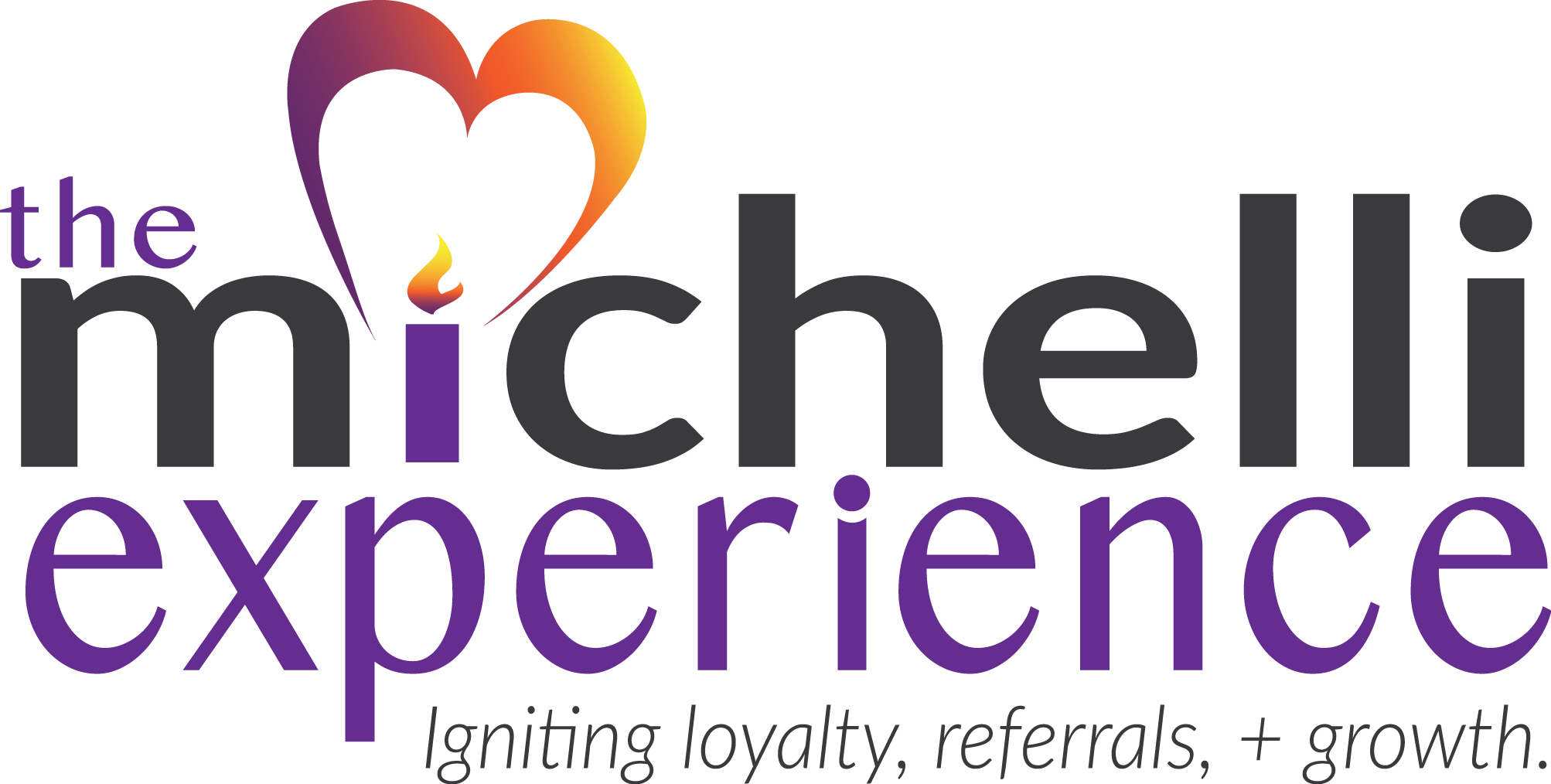This is the second post in a series titled “Customer Experience is the Result of Team Member Experience.”
Before I launch into an expansion of employee engagement research, I thought I’d share the real-world impact of employee disengagement and staff shortages. I recently spoke for a large convention where events were split between a major convention center and a high-profile hotel (that shall remain nameless). For example, some of the breakfast sessions were held at the hotel. In speaking with an exhausted event organizer, I was shocked to find that the hotel was so severely understaffed that the organizer and his team had to help plate meals and serve breakfast to conventioneers. When the hotel made sizable furloughs during the early phases of the pandemic, I am confident they expected their staff would rapidly come back when events and guests returned. That was not the case, and the customer experience was adversely impacted. This type of example highlights the importance of attending to employee engagement.
As you’ll recall from my last installment, employee engagement or EE was conceptualized in 1990 but didn’t gain research traction until approximately 2008. In that post, I asked you to think about whether employee engagement is an employee trait, a state created by your organization, or a set of attitudes or behaviors. Here’s how Professor Robert Frank summarizes research on that question:
“EE is typically conceptualized as ‘attitudinal’ or ‘behavioral.’ As an attitude, EE has most frequently been defined as ‘a positive, fulfilling, work-related state of mind that is characterized by ‘vigor, dedication, and absorption.’ Vigor refers to ‘high levels of energy and mental resilience while working, the willingness to invest effort in one’s work, and persistence even in the face of difficulties,’ while dedication is characterized by ‘ a sense of significance, inspiration, pride, enthusiasm, and challenge.’ Absorption refers to ‘being fully concentrated and engrossed in one’s work.’ The behavioral focus on EE typically encompasses ‘the harnessing of organization members’ selves to their work roles; in engagement, people employ and express themselves physically, cognitively, and emotionally during role performances.”
For those of you who have followed my recent content, you know I’ve spent considerable time talking about adaptivity and learning resilience. As such, I’m intrigued by the role of “vigor” and “absorption” in concepts of employee engagement. Vigor’s definitions include “mental resilience” and “persistence in the face of difficulty” (all of which are central themes in my book, Stronger Through Adversity). Similarly, absorption (defined as being fully concentrated and engrossed in one’s work) is reminiscent of a concept captured in the breakthrough happiness book titled Flow, which suggests that being enveloped in purposeful work produces heightened happiness.
Next week, I’ll dive deeper into research on employee engagement given that it is a necessary condition for external customer engagement. For now, I’d like you to consider these challenge questions:
- How would you rate the individual vigor of teammates and direct reports? How would you assess the vigor of your entire workforce? To what degree do they demonstrate mental resilience, investment of effort, and persistence when faced with difficulty?
- Similarly, to what degree is your team and organization absorbed in the work they do?
- Most importantly, what are you doing to enhance workplace vigor and absorption?
Next week we will discuss how employee engagement can be reliably assessed. In the meantime, I hope you’ll schedule a time to talk about employee engagement and your internal customer experience.
Until next week, let’s ensure workplace vigor, absorption, and dedication.

Joseph A. Michelli, Ph.D. is a professional speaker and chief experience officer at The Michelli Experience. A New York Times #1 bestselling author, Dr. Michelli and his team consult with some of the world’s best customer experience companies.
Follow on Twitter: @josephmichelli



